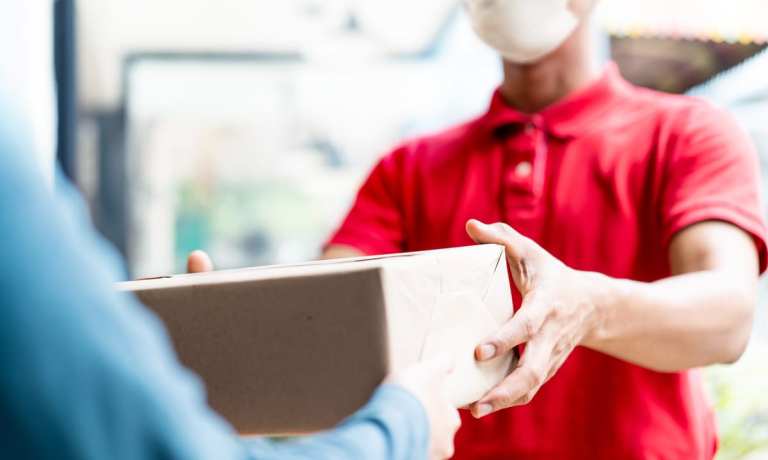
The last mile, increasingly, seems to lead not to the retailer’s shelves, but to the consumer’s front door. And not just for the boxes emblazoned with Amazon “smiles” — but for toothpaste, for napkins, for the sundries that make up the minutiae of everyday life.
Convenience items, in other words, delivered in a convenient timeframe. And where we once hopped into the car, made the trek to, say, 7-Eleven, now, increasingly, we expect the trek to come our way.
To that end, as noted in this space earlier this year, those traditional convenience store plays, CVS and 7-Eleven among them, saw third-party delivery app sales leap by about 346 percent last year (and where DoorDash had 60 percent of the market for those deliveries, outpacing Gopuff at 23 percent).
The mad rush for same-day delivery has swept convenience items into the mix. On Tuesday (May 4), Walgreens said it is rolling out nationwide same day delivery across a range of more than 24,000 items, with no minimum purchase attached. The delivery window is “under two hours,” as has been reported, and we contend that, with the shortened delivery window and with no purchase threshold, that would account for a lot of toiletries, snacks, tissues, razors and the like. Call it a form of impulse buying without the attendant slog to the store itself.
That same day, ride-hailing giant Uber Technologies announced a partnership with Gopuff to let consumers order household essentials through the Uber Eats app. The service is set to launch in June across 95 cities, and go nationwide later in the summer. Drilling down a bit, Uber Pass and Eats Pass members will see no delivery charges levied on Gopuff orders over $15.
The pivot to the “bring it to me” economy is one that has legs, and has been a long time coming. Consider the fact that back a few months ago, as the pandemic continued raging across the states, PYMNTS data in the “Post Pandemic Reset” showed that half of consumers do not believe that their routines will return to normal even when the pandemic is in the rearview mirror. Roughly 32 percent of those surveyed said they would perform more activities at home, and 16 percent said that they would not resume any of their pre-pandemic routines after COVID-19 has fully receded.
That reticence may abate at least somewhat, with the continued transaction of vaccines. But then convenience is nothing to sneeze at. And speaking of sneezing, when allergy season starts, when the cold and flu season dominates the headlines at some point in the (hopefully) not too distant future, in what would seem a strange relief from the pandemic headlines — why should it be any surprise that the demand for “same-day everything” from the likes of Walgreens and others should be buoyant?